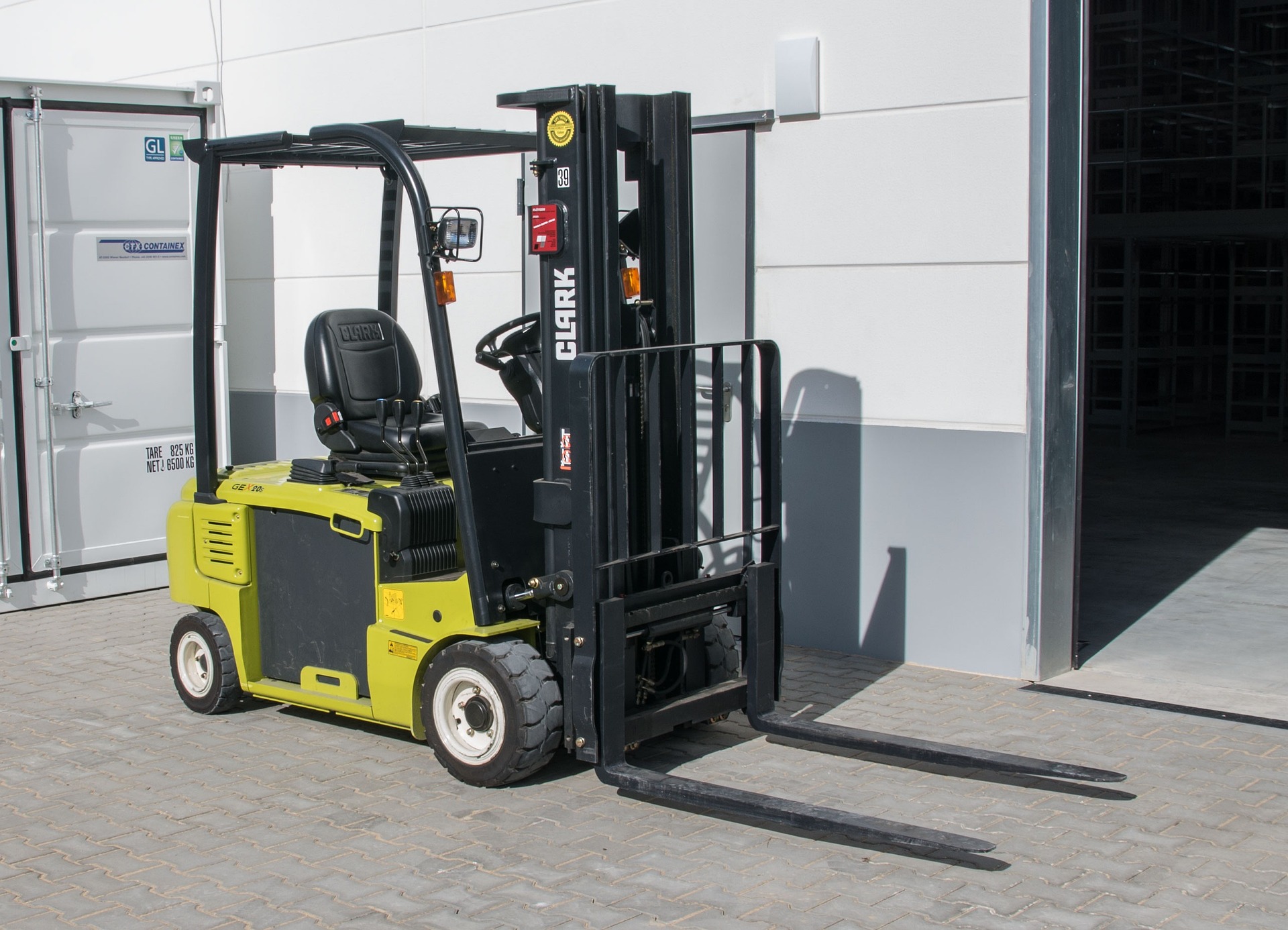Pallets for Sale: A Practical Guide to Plastic Pallets
Finding the right pallet for sale involves more than price alone; it requires matching pallet type, durability, and dimensions to how it will be used. This article explains what plastic pallets offer, how they fit into broader supply chain needs, and what to consider for warehouse handling and shipping. The guidance here aims to make comparisons clearer so you can evaluate options for local services or larger procurement.

What are plastic pallets?
Plastic pallets are molded or assembled platforms used to store and move goods. Compared with traditional wood pallets, plastic variants resist moisture, rot, and many chemicals, and they can be easier to sanitize for food or pharma uses. They come in several designs — solid deck, ventilated, or nestable — and in materials such as high-density polyethylene (HDPE) or polypropylene (PP). For businesses considering pallets for sale, plastic options often carry a higher upfront cost but can deliver longer service life and lower maintenance, particularly in environments where hygiene and contamination control are priorities.
How do pallets fit into the supply chain?
Pallets are a fundamental element of the supply chain because they enable efficient handling, storage, and transport at each stage. Standardized pallet dimensions simplify pallet racking, container loading, and pallet pooling across carriers and warehouses. Choosing the right pallet affects unit load stability, forklift compatibility, and space utilization during transit. Supply chain managers balance durability, weight, and interchangeability when deciding between reusable plastic pallets, single-use wood pallets, or pooled systems that emphasize standardization across partners.
Why pallets matter in logistics?
In logistics, pallets influence speed, safety, and cost of moving goods. Plastic pallets are lighter and more uniform than many wooden alternatives, which can reduce handling time and minimize splinter or nail hazards for workers. They also perform predictably in automated sorting and conveyor systems because of consistent dimensions and surface tolerances. However, compatibility with existing handling equipment and racking must be checked; some plastic pallets have different entry heights or weight distributions that affect forklift stability. Balancing pallet selection with operational workflows helps reduce product damage and improve throughput.
Choosing pallets for your warehouse
Selecting pallets for warehouse use involves assessing load capacities, storage methods, and environmental factors. For racked storage, verify pallet stiffness and deck design to prevent deflection under concentrated loads. If your warehouse uses automated guided vehicles (AGVs) or conveyors, ensure pallet geometry aligns with equipment specs. Consider nestable or stackable plastic pallets where space-saving during return logistics or empty storage is needed. Also evaluate repairability and lifecycle: some plastic pallets are recyclable or can be repaired in modular ways, extending usable life and influencing total cost of ownership.
Pallets and shipping: safe transport considerations
When pallets are used for shipping, their interaction with packaging, strapping, and container dimensions is critical. Plastic pallets can offer consistent footing for stretch-wrap and banding, improving load containment on trucks and in containers. They also avoid the phytosanitary concerns associated with untreated wood in international shipments. Still, confirm the pallet’s load rating relative to the combined weight of goods and stacking height, and account for dynamic forces during transit. Properly chosen pallets reduce shifting and damage, and can simplify carrier acceptance by meeting dimensional and weight restrictions.
Conclusion
Pallets for sale include a range of choices that affect hygiene, durability, handling, and long-term costs. Plastic pallets often suit environments requiring sanitary surfaces and predictable dimensions, while warehouse layout, logistics equipment, and shipping requirements shape the best option for any operation. Assess expected loads, handling systems, and lifecycle needs to make an informed selection that aligns with supply chain objectives.






